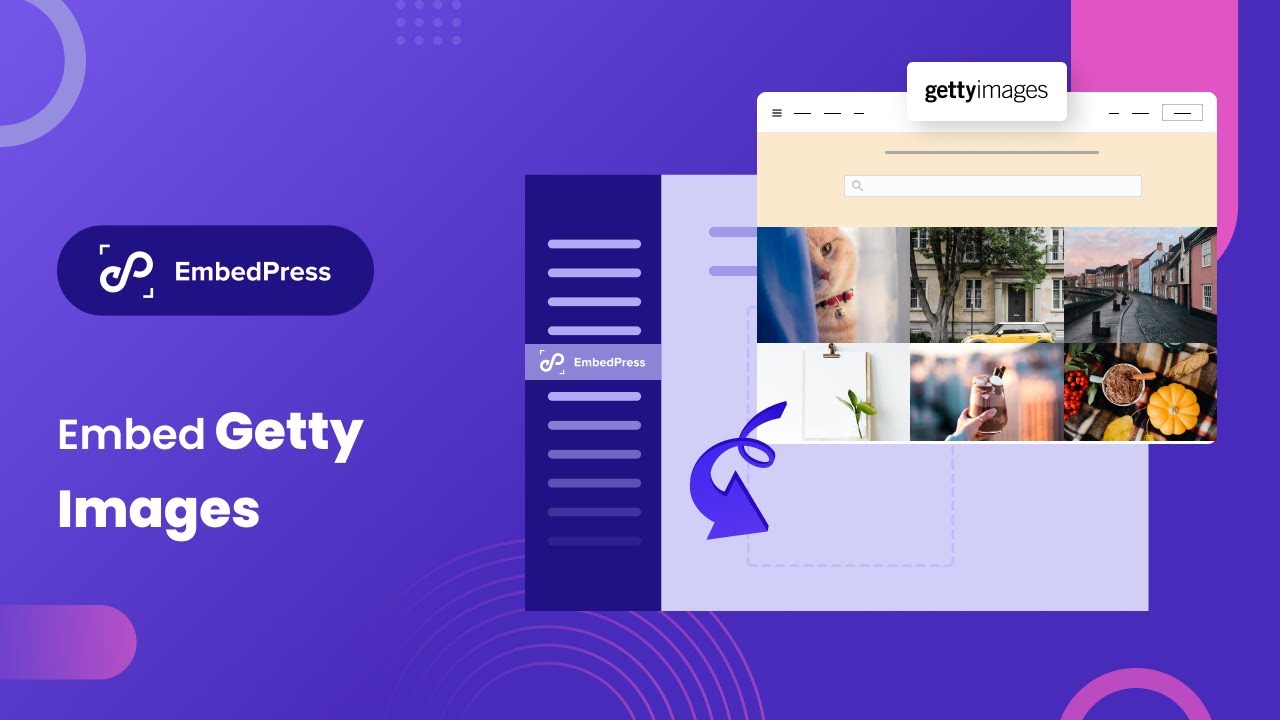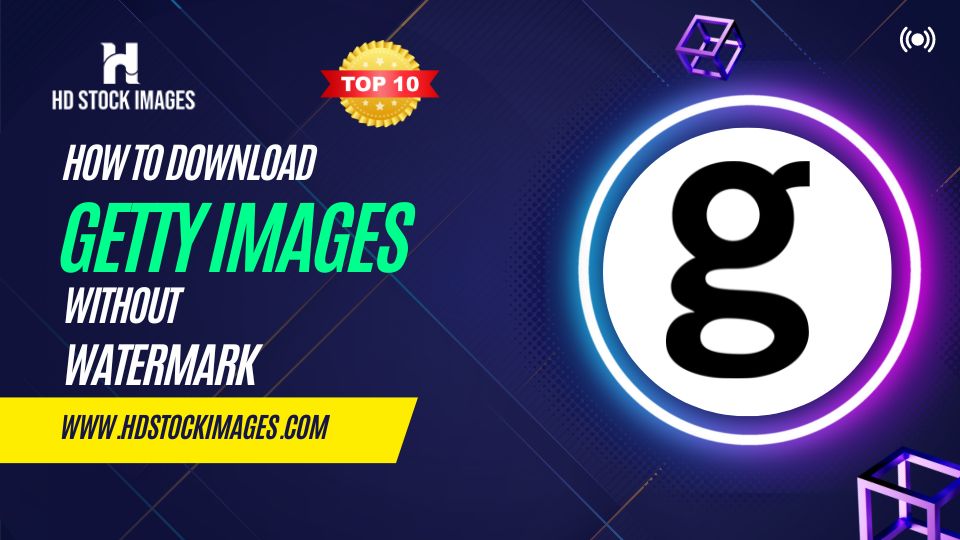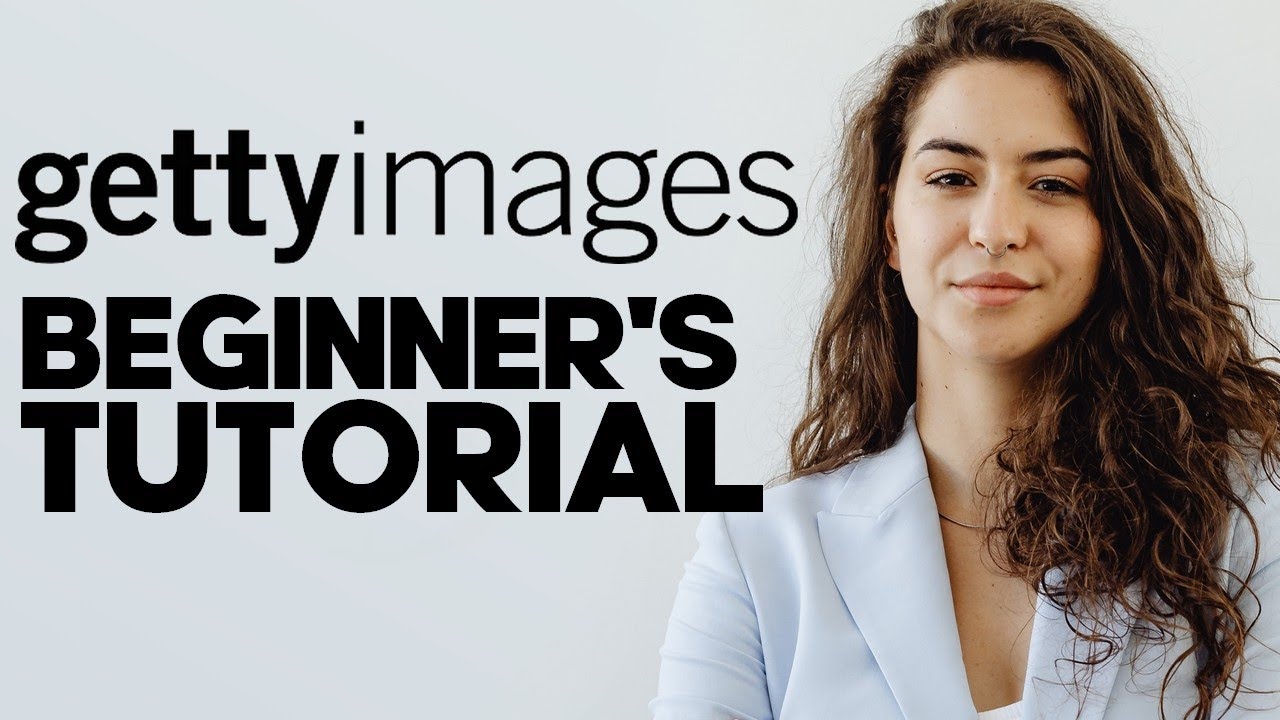So, you’re looking to enhance your blog or website with stunning visuals? Getty Images is a fantastic resource! Founded in 1995, Getty Images is a leading provider of high-quality stock photography, illustrations, and videos. With millions of assets at your fingertips, it’s perfect for bloggers, marketers, and creatives alike. Whether you need eye-catching images for a travel blog or professional visuals for a corporate site,
Understanding Licensing Options for Getty Images

Navigating licensing can feel overwhelming, but it’s essential to ensure you’re using images correctly. Getty Images offers various licensing options tailored to different needs. Here’s a breakdown:
- Rights Managed (RM): This type of license allows you to use the image for a specific purpose, in a specific time frame, and in specified locations. For instance, if you’re writing a blog post about Paris, and you find a beautiful image of the Eiffel Tower under RM, you can use it exclusively for that article.
- Royalty Free (RF): With RF images, you pay a one-time fee and can use the image multiple times without additional costs. This is great for bloggers who frequently update content or need images for social media. Just remember, RF doesn’t mean “free” – you’re purchasing the right to use it.
- Editorial Use Only: Some images are licensed for editorial use only, meaning you can’t use them for commercial purposes. If you’re covering news or events, these images can be perfect. Just be cautious, as using them for promotional content could get you into trouble.
When choosing a license, consider the following:
- Purpose: What do you need the image for? Is it for a one-time blog post, or will it be used in multiple places?
- Budget: Determine how much you’re willing to spend. Some images can be quite pricey!
- Exclusivity: Do you need an image that no one else can use? Consider RM licenses for that.
Before you make a purchase, always read the licensing agreement. It will outline what you can and cannot do with the image. Violating these terms can lead to hefty fines or legal issues, so it’s better to be safe than sorry!
In summary, understanding Getty Images' licensing options will empower you to choose the right visuals for your blog or website while staying compliant. Happy image hunting!
Also Read This: Posting Alamy Images on Instagram: Understanding Copyright and Usage Policies
3. Steps to Search for the Perfect Image

Finding the right image can be crucial to the success of your blog or website. An engaging image not only captures attention but also enhances your content. Here are some simple steps to help you locate that perfect Getty Images photo:
- Define Your Needs: Before diving into the search, take a moment to consider what you need. Ask yourself:
- What is the subject matter?
- What mood or emotion do you want to convey?
- Are there specific colors or styles that align with your brand?
- Orientation: Choose between horizontal or vertical images.
- Color: Select a dominant color to match your content's theme.
- Image Type: Decide between photographs, illustrations, or vector graphics.
By following these steps, you’ll be well on your way to finding images that enhance your blog's message and engage your audience effectively!
Also Read This: How Do I Embed a Getty Image Into a Post: Simple Instructions for Easy Integration
4. How to Download Images from Getty Images

Once you've discovered the perfect image on Getty Images, downloading it is a straightforward process. Here’s how to do it:
- Final Selection: Go to your lightbox or directly to the image you want. Make sure it's the final choice you want to download.
- Select the License Type: Click on the image to view its details. You’ll see different licensing options available. Make sure to select one that fits your usage needs. For instance:
- Royalty-Free: Great for most projects, allowing you to use the image without additional fees after the initial purchase.
- Rights-Managed: Offers more control over how the image is used but comes with stricter terms.
And there you have it! Downloading images from Getty Images is a breeze. With the right image in hand, you can enhance your blog or website and truly engage your audience!
Also Read This: Explore How to Buy from Shutterstock
5. Best Practices for Using Images on Your Blog or Website
Using images effectively on your blog or website can significantly enhance user engagement and improve the overall aesthetic. Here are some best practices to keep in mind:
- Quality Over Quantity: Always opt for high-resolution images that are relevant to your content. A single stunning photo can make a more significant impact than several mediocre ones.
- Optimize for Speed: Ensure that your images are compressed without losing quality. Large images can slow down your site’s loading time, which can frustrate visitors. Tools like TinyPNG or ImageCompressor can help with this.
- Use Alt Text Wisely: Always include descriptive alt text for your images. Not only does this help visually impaired users understand your content, but it also boosts your SEO by allowing search engines to index your images correctly.
- Maintain Consistency: Use a consistent style and color scheme for your images. This helps to create a cohesive look for your blog or website. If your brand is playful, choose vibrant images; if it's professional, opt for more muted tones.
- Attribution: If you’re using images from sources that require attribution, make sure to credit the creator properly. This not only shows respect for their work but also enhances your credibility.
By implementing these best practices, you’ll not only improve the visual appeal of your blog or website but also enhance the user experience, ultimately leading to higher engagement rates.
6. Alternatives to Getty Images for Stock Photos
While Getty Images is a popular choice for stock photos, it’s not the only option out there. If you're looking for alternatives that might better fit your budget or style, consider the following:
- Shutterstock: A well-known stock photo service that offers a vast library of images, vectors, and videos, Shutterstock provides flexible pricing plans and subscription options.
- Adobe Stock: Seamlessly integrated with Adobe Creative Cloud, Adobe Stock offers high-quality photos, illustrations, and videos. It’s perfect for those who are already using Adobe software.
- Unsplash: If you’re looking for free high-resolution images, Unsplash is a fantastic resource. The library is filled with beautiful photos contributed by talented photographers, and all images are free to use, even for commercial purposes.
- Pexels: Similar to Unsplash, Pexels offers a wide array of free stock photos and videos. Their collection is curated, making it easy to find quality visuals that match your content.
- iStock: A subsidiary of Getty Images, iStock offers a more budget-friendly option while still providing a vast selection of high-quality stock images, illustrations, and videos.
Exploring these alternatives can help you find the perfect visuals for your blog or website without breaking the bank. Each platform has its unique offerings, so take some time to browse and find the best fit for your needs!
 admin
admin








